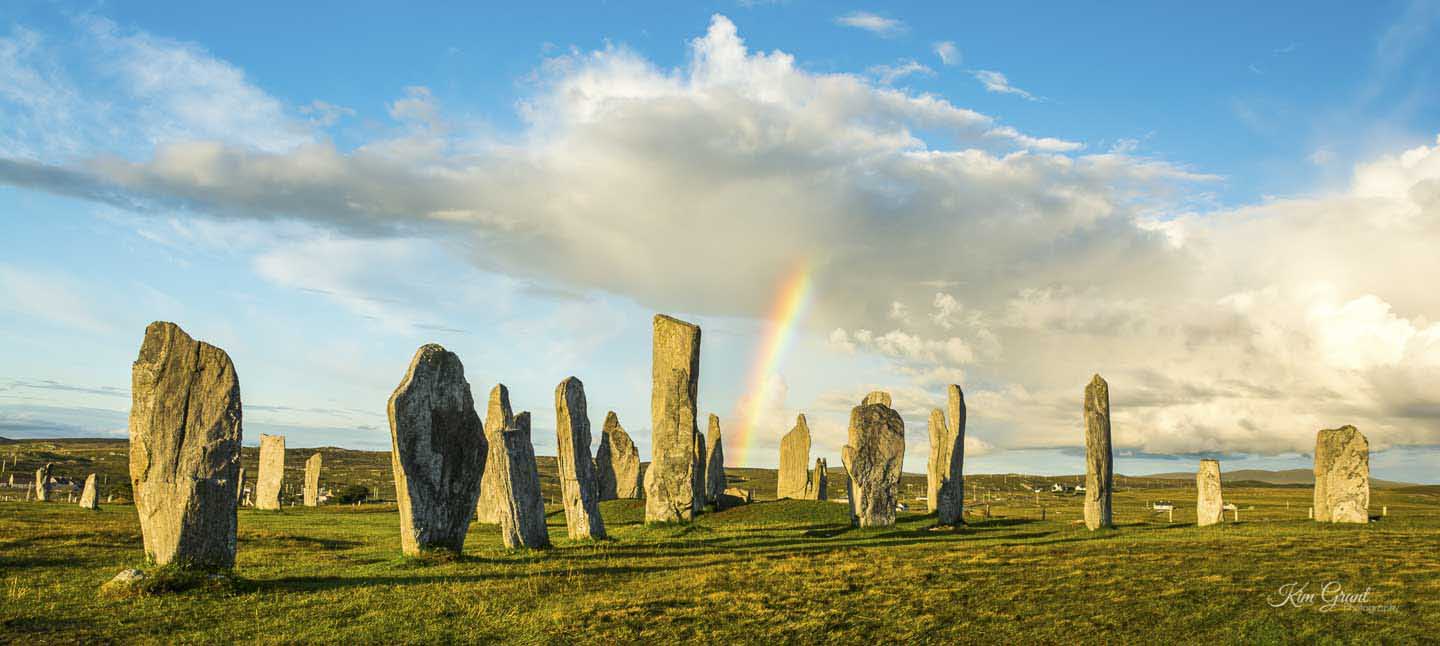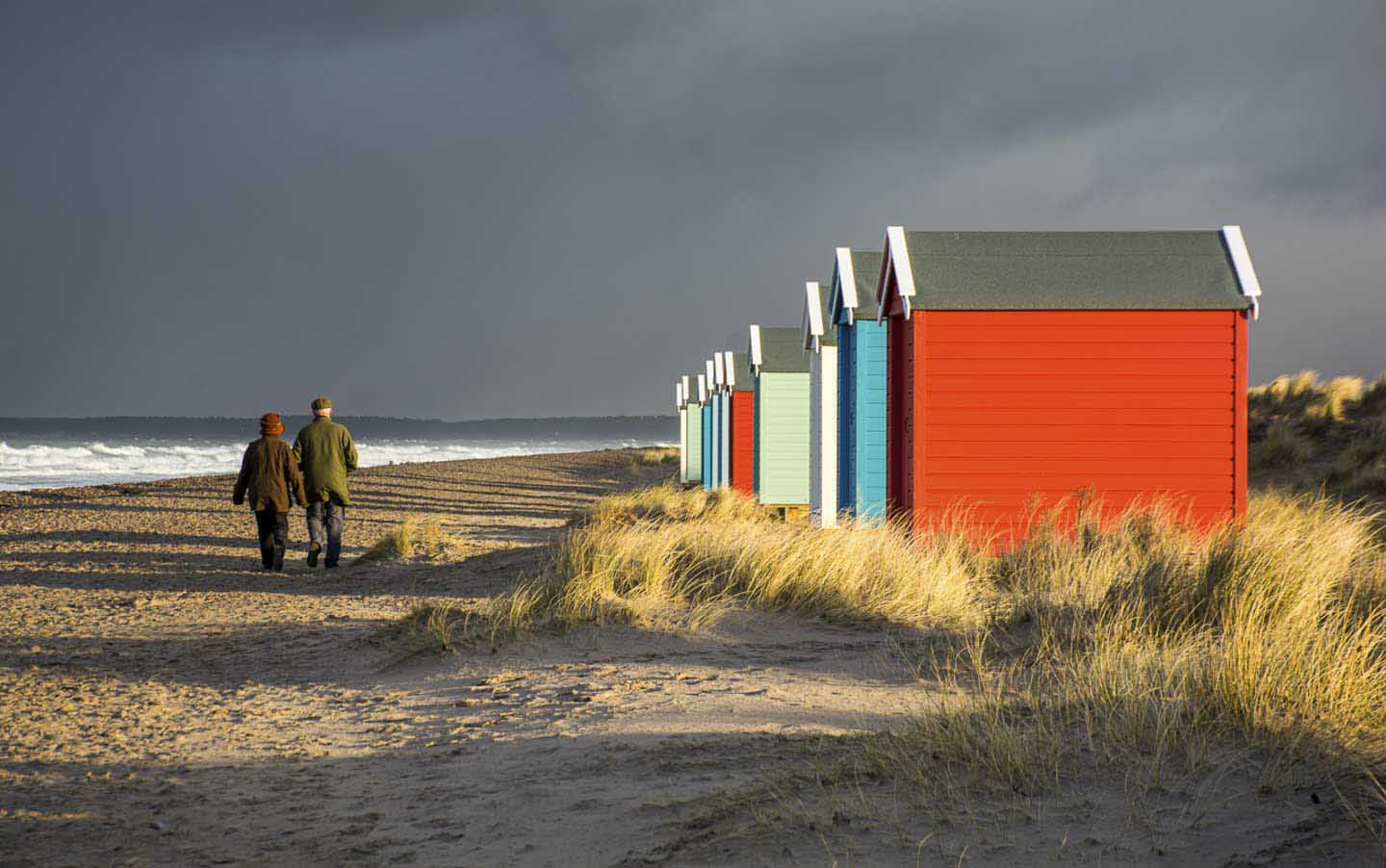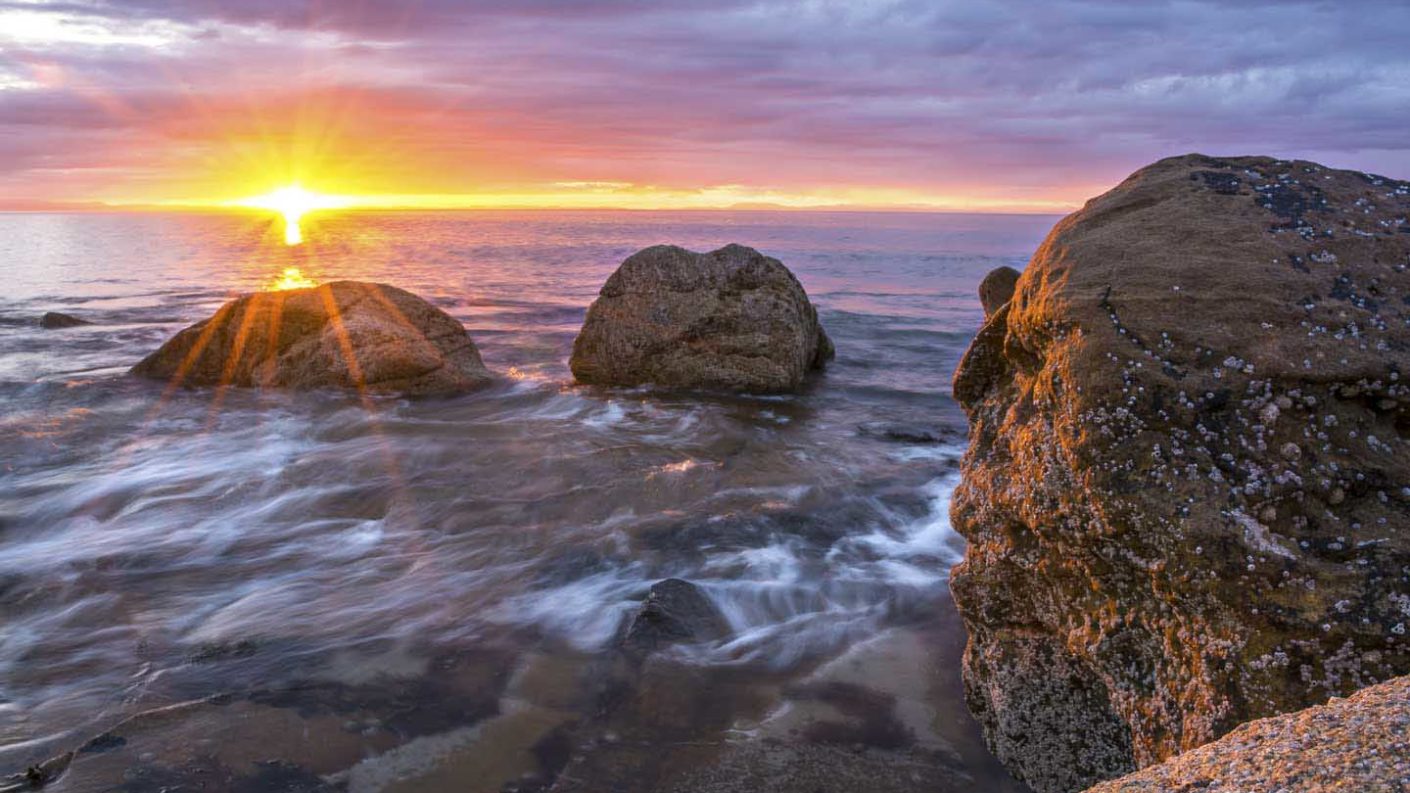Like many photographers during the lockdown, landscape photographer, Kim Grant is using her daily exercise as an opportunity to capture a few images.
We recently caught up with her via Zoom video conferencing to hear her top five tips for capturing better landscape photos. You can hear what she said in the video below and read a summary a little further down.
Visit Kim Grant’s website
Visit Kim’s YouTube channel
Follow Kim on Instagram
Follow Kim on Facebook
Follow Kim on Twitter
5 Landscape photography tips for beginners
Landscape photography is a great way to unwind and feel more at one with nature. It’s not surprising that many people are picking up a camera for the first time during the lockdown and shooting landscape images during their daily exercise. It’s very rewarding to capture a great landscape shot and a few tips can make a big difference to your hit rate.
01 Use the rules of thirds

The rule of thirds divides the scene into three vertical sections and three horizontal sections. Composing an image so that key elements such as the horizon align with the dividing lines between these sections helps to produce more balanced and aesthetically-pleasing images.
Kim aligned the horizon in the image above along the top horizontal dividing line.
Once you’ve mastered the rule of thirds, it becomes second nature and you also develop an appreciation of when breaking it can produce a more interesting image. One such case is with reflections when it often works better if the horizon, or the diving line between the scene and its reflection is along the centre of the frame – as shown in Kim’s image below.

02 Look for foreground, middle ground and background interest
Novice photographers often photograph spectacular scenes but are disappointed by the results because everything seems so small and inconsequential in the shot. In many cases, this is because they’ve been drawn by the distant view and forgotten to look at the foreground and mid-ground. These areas are very important in a landscape image.
When you’re composing a landscape image, remember to look for some foreground interest as it will pull the viewer’s eyes into the image. It also helps add depth and scale to the photography.
Something of interest in the mid-ground also draws the viewer’s eyes further into the scene towards the spectacular view in the distance.
03 Point of interest

Every image needs a main focal point, something of interest that holds the viewer’s attention.
The image above has lots of points of interest, but the rainbow and larger stone at the centre help keep our attention.
04 Don’t be afraid to shoot upright images

The majority of landscape images are shot in landscape format, but upright or portrait format can also work.
Kim shot the image above in upright format to emphasise the leading line of rocks that pull the eye from the shore to the main subject. This format also enabled her to exclude large areas of empty sea that would have detracted from the image.
05 Shoot whenever you can

The perceived wisdom is that you should only shoot landscape images during the golden hour, the hour immediately after dawn and before sunset. However, the best way to improve your landscape photography is to shoot lots of images and for most of us this means going out during the day.
It’s also still possible to get great images during this time. Overcast days can result in moody black and white images, for example, and on days with very changeable weather you can be treated to fleeting moments of dramatic light like in Kim’s image above.



